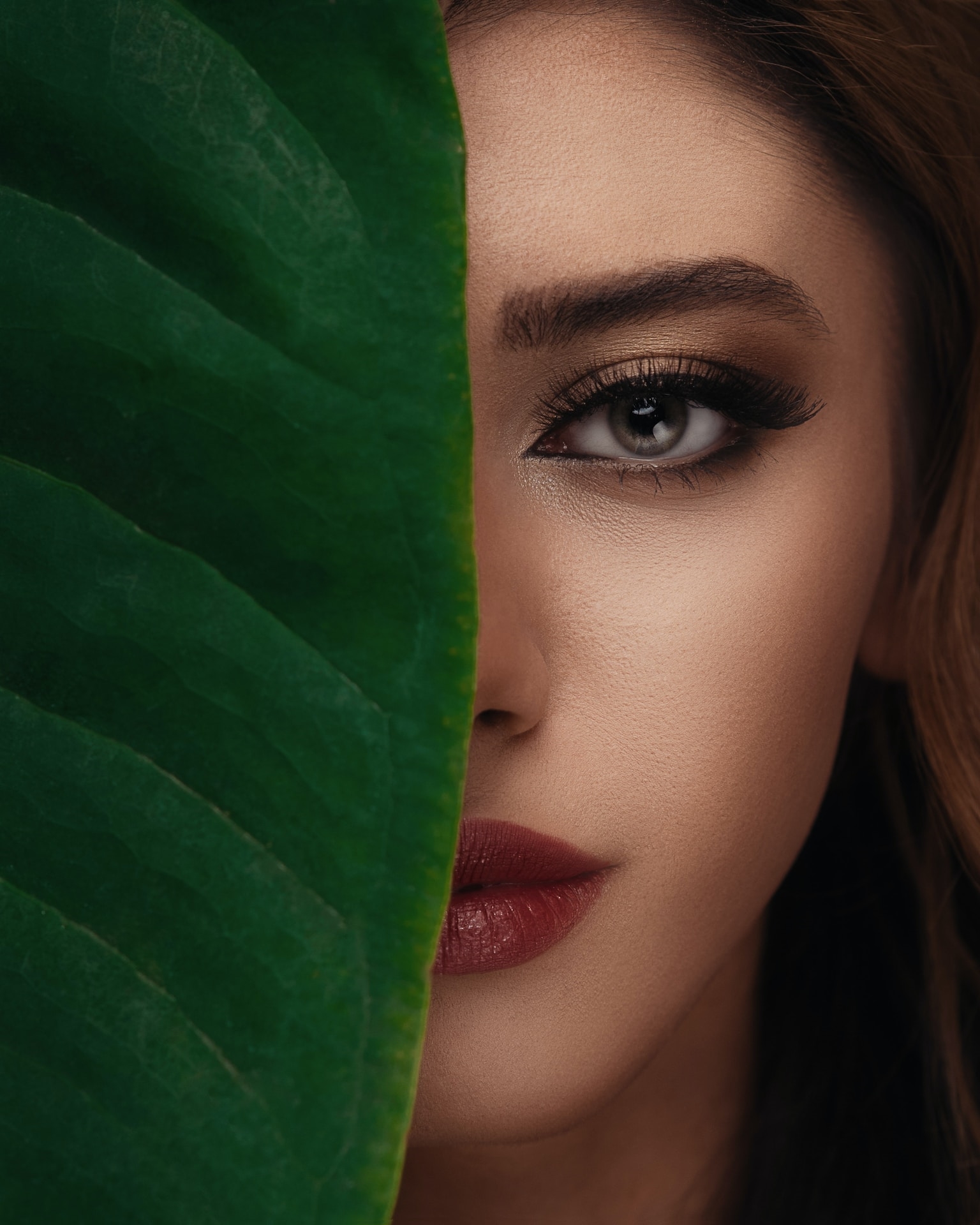Is shading the worst part of a tattoo?

Tattoos have become increasingly popular in recent years, with people using them as a means of self-expression. However, the process of getting a tattoo can be painful, and arguably, the shading part of the tattoo process is often considered the most difficult and uncomfortable for many individuals.
The Shading Process
Shading is an integral part of creating depth and dimension in a tattoo design. It involves using different shades of ink to create shadows, gradients, and textures to enhance the overall aesthetic appeal of the artwork.
Pain and Discomfort
While pain tolerance varies from person to person, many individuals find the shading process to be more uncomfortable than the outlining or coloring stages of tattooing. The continuous and repetitive motion of the tattoo machine can cause a more intense sensation and discomfort on the skin.
The shading process often requires the artist to work on larger areas of the skin, resulting in a longer period of time spent under the needle. This extended exposure to the tattoo machine can lead to increased discomfort for the individual receiving the tattoo.
Healing Process
Shaded tattoos typically require more time to heal compared to simple outlines or colorful designs. The deeper penetration of the needle during shading can cause more trauma to the skin, resulting in a longer healing time and a potentially more painful recovery.
During the healing process, the shaded areas may scab and itch, causing discomfort and the urge to scratch, which can lead to complications and negatively impact the final appearance of the tattoo.
Perceived Worth
Despite the potential pain and discomfort associated with shading, many people believe that it is a crucial part of a well-executed tattoo. Shading adds depth, realism, and detail to the design, making it more visually appealing and aesthetically pleasing.
Shaded tattoos often stand the test of time better than simple line-work tattoos, as they are less prone to fading and can retain their visual appeal for a longer period.
While shading in a tattoo can be a challenging and uncomfortable process, many individuals consider it an essential part of creating a visually stunning and long-lasting piece of body art. The pain and discomfort experienced during the shading process are subjective and vary from person to person. Ultimately, the decision to include shading in a tattoo design should be based on personal preferences and the desired outcome of the artwork.